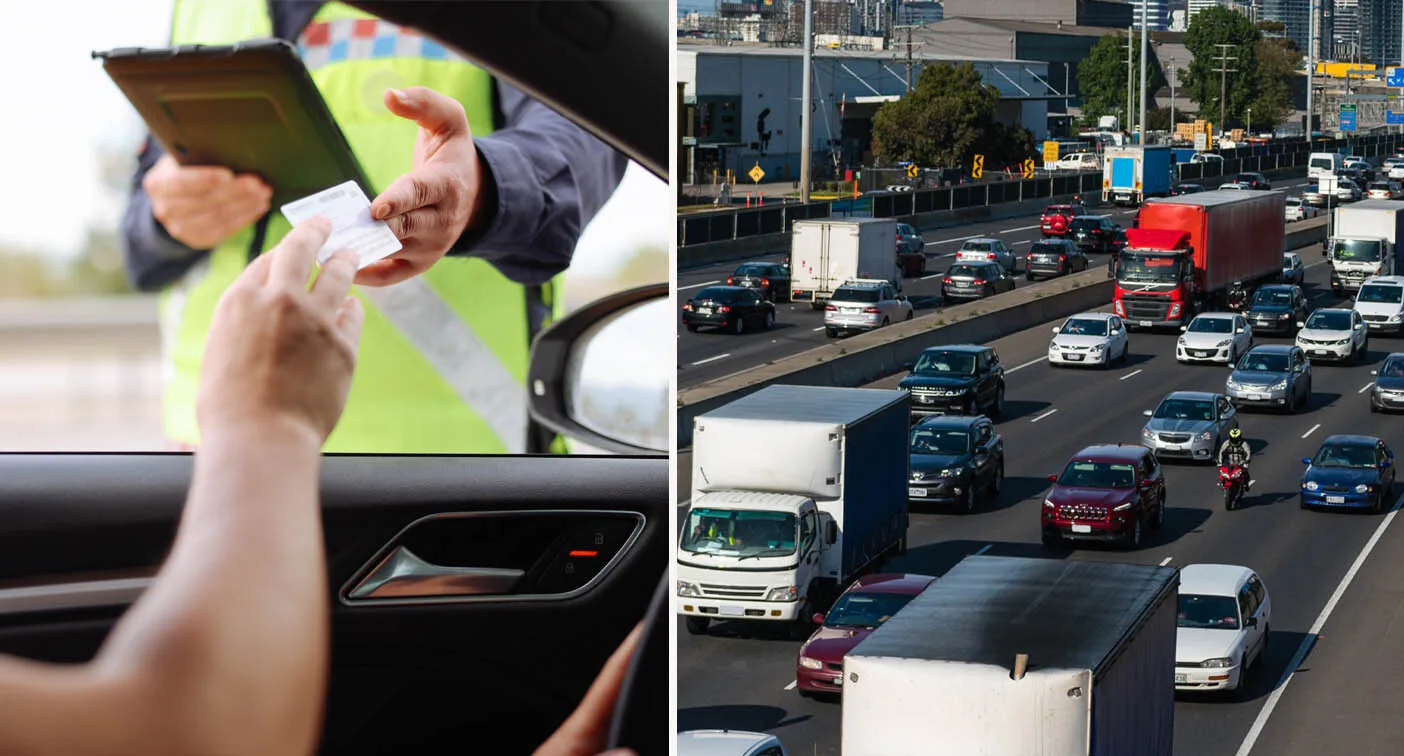Thousands of South Australians will now be required to undergo additional training to obtain their driver’s licence in a nationwide first aimed at reducing the number of road incidents involving high-powered vehicles.
Last year, it was announced motorists driving certain vehicles, including some luxury cars, would be required to obtain a specific U-class licence, and now, from December, it will become mandatory. Drivers must also complete an interactive online course designed to educate drivers on the additional risks posed by high-powered vehicles.
The move, which will apply to any of the state’s roughly 1.2 million registered drivers wanting to drive a high-powered vehicle, comes after the 2019 death of 15-year-old Sophia Naismith, who was killed after she was hit by an out of control Lamborghini. She and her friend were walking along the side of the road when the luxury car mounted the kerb.
The devastated Naismith family have campaigned for the law changes since her death, with the driver responsible walking free in 2022.
“The reforms won’t bring Sophia back but it will make drivers more accountable for their anti-social behaviour and it will reduce some of the trauma of families navigating the legal system,” Sophia’s father, Luke Naismith said at the time.
What vehicles will be included under a new licence class?
According to South Australian road authorities, an ultra high powered vehicle (UHPV) is defined as any vehicle, other than a bus, motorbike or motor trike, with a gross vehicle mass of up to 4.5 tonnes, that has a power-to-weight ratio of 276 kilowatts per tonne or more.

According to the SA Attorney-General Kyam Maher, there are about 200 makes of vehicles covered by the law. The Lamborghini that hit Sophia would ultimately meet this criteria.
In a statement on Thursday, the state’s Minister for Infrastructure and Transport Tom Koutsantonis said the state is “very proud to introduce the new requirements, which will better prepare motorists to drive ultra high powered vehicles on South Australian roads.”
“Through practical modules focusing on vehicle features, safety systems, maintenance, laws and penalties, we’re compelling drivers to take responsibility and be aware of the additional risks that come with driving a UHPV,” he continued.
“Given these risks, it’s crucial that we can influence driver behaviour but also ensure that our authorities are empowered to prosecute individuals who endanger the lives of others.”

